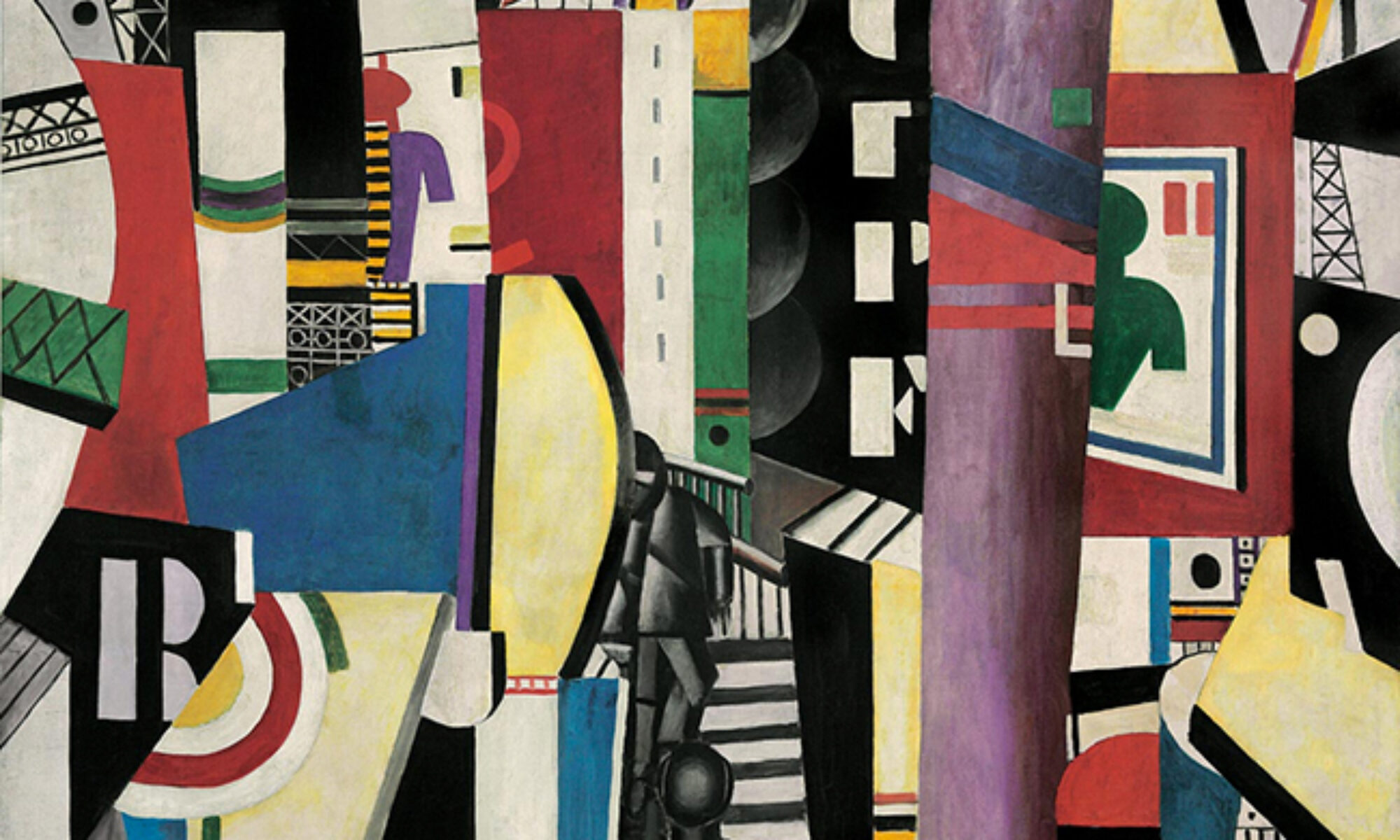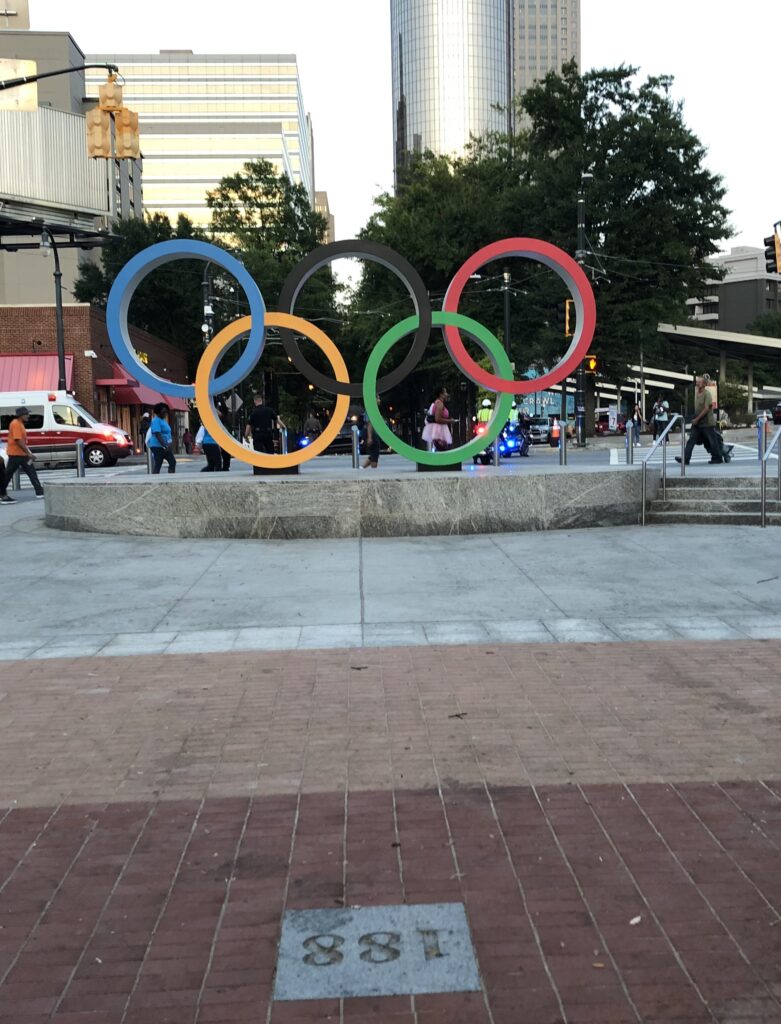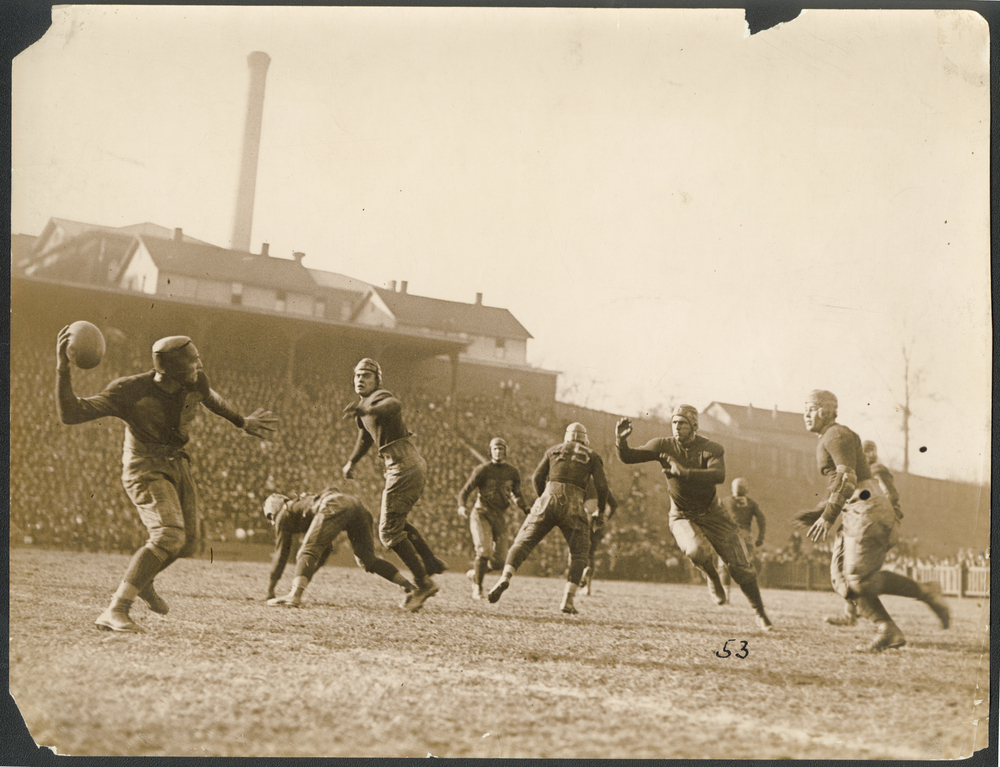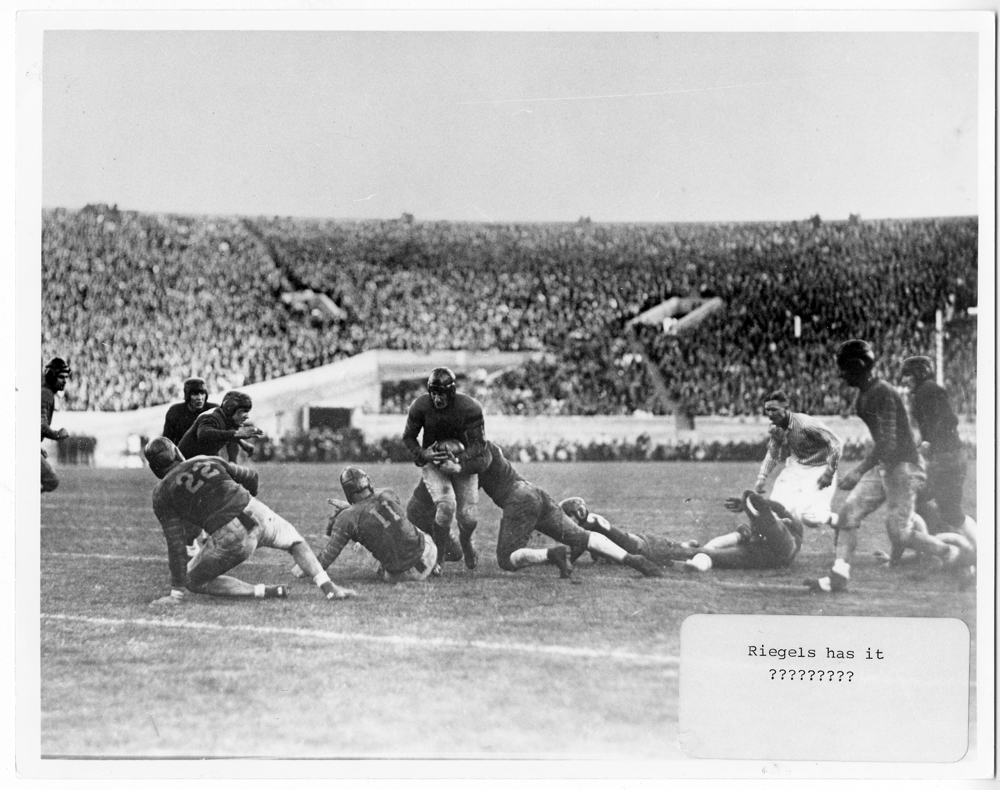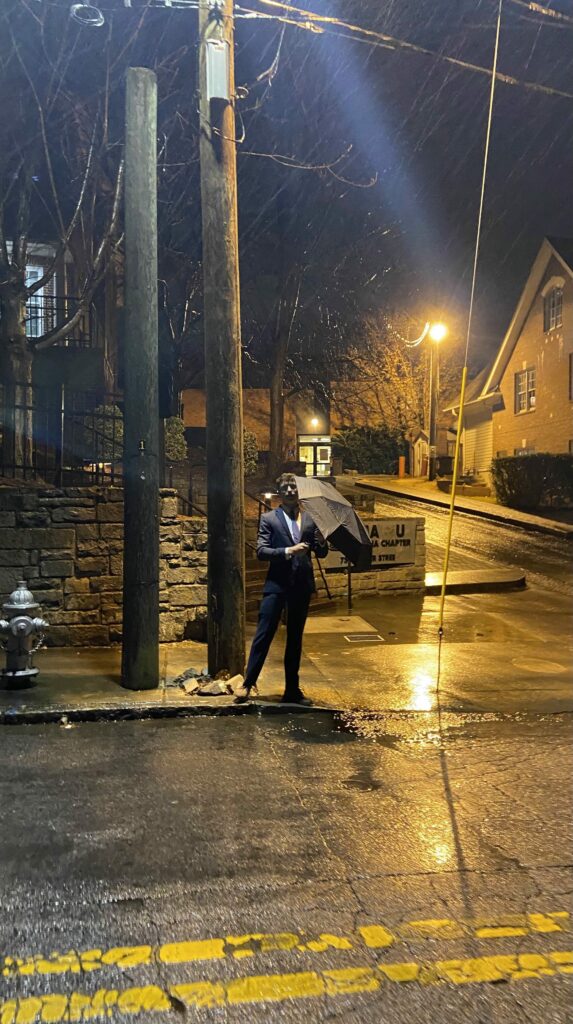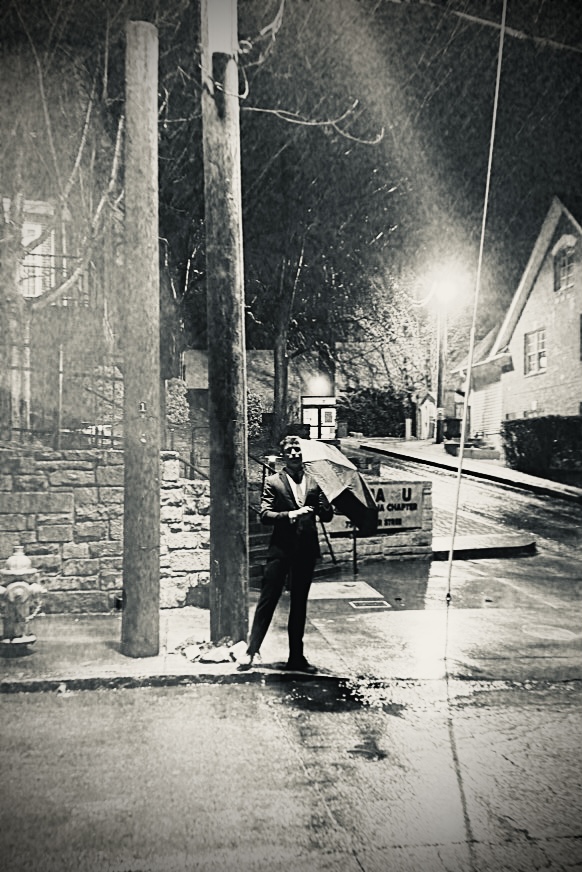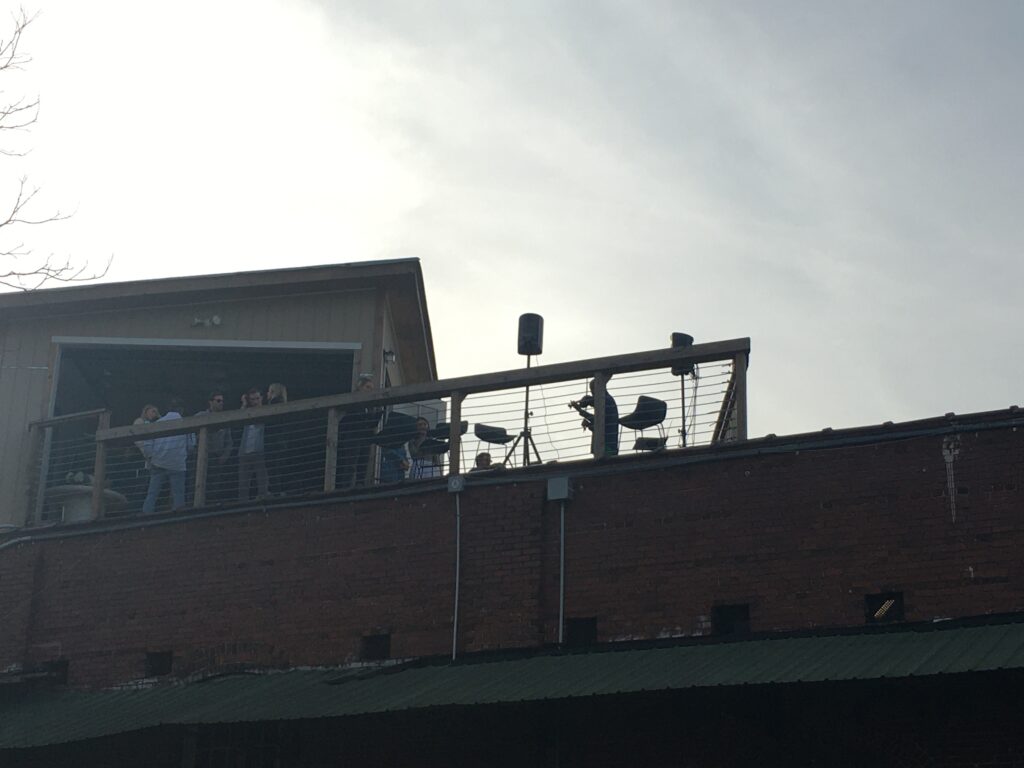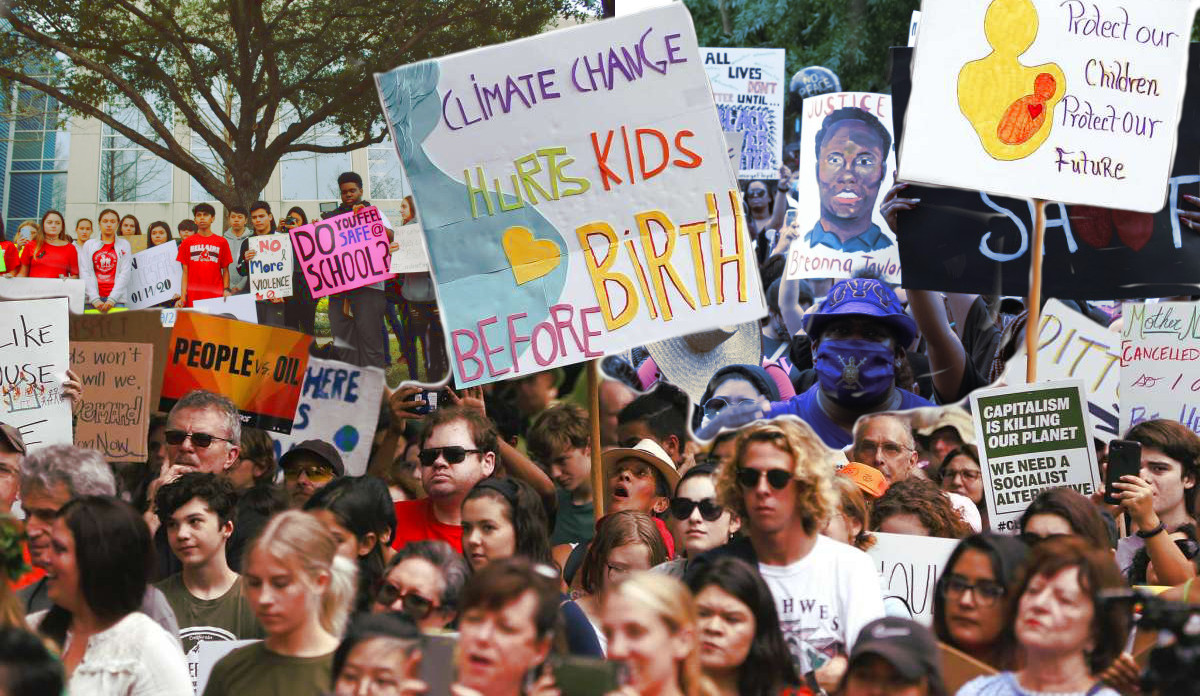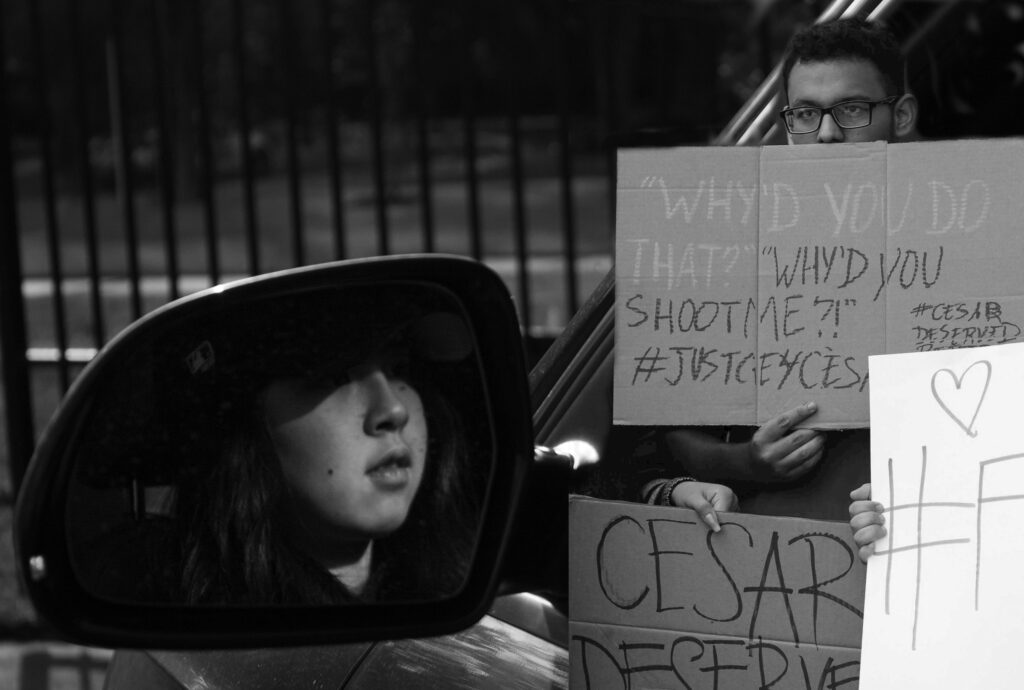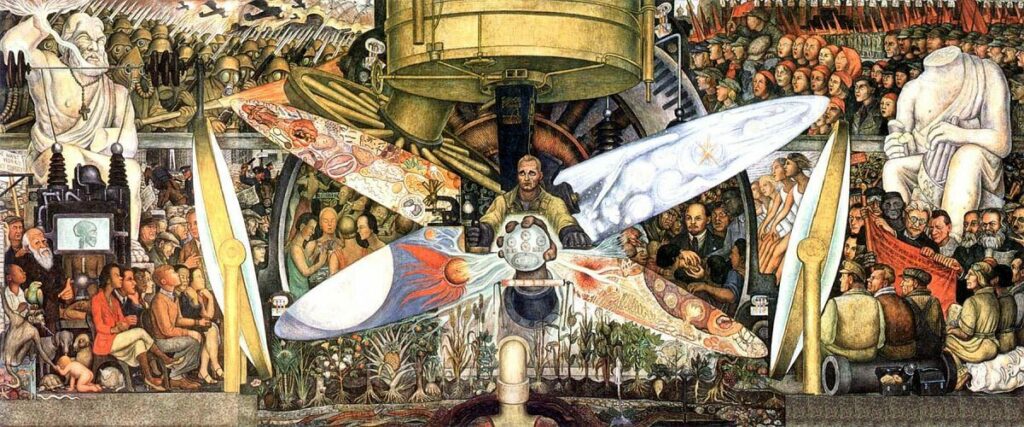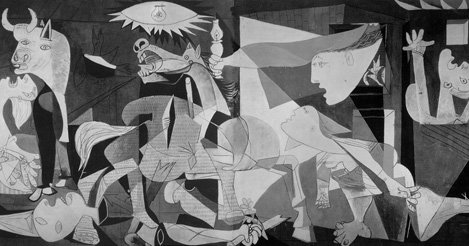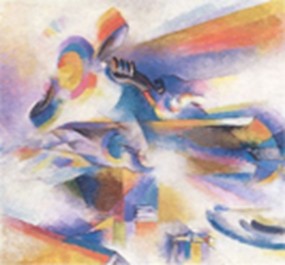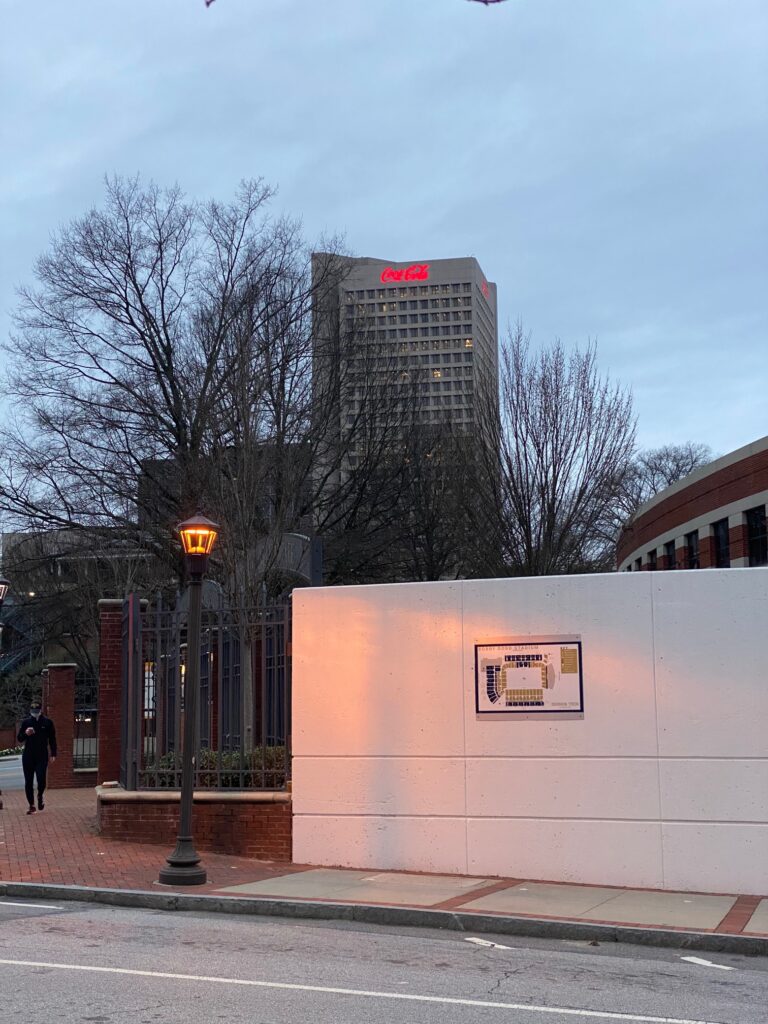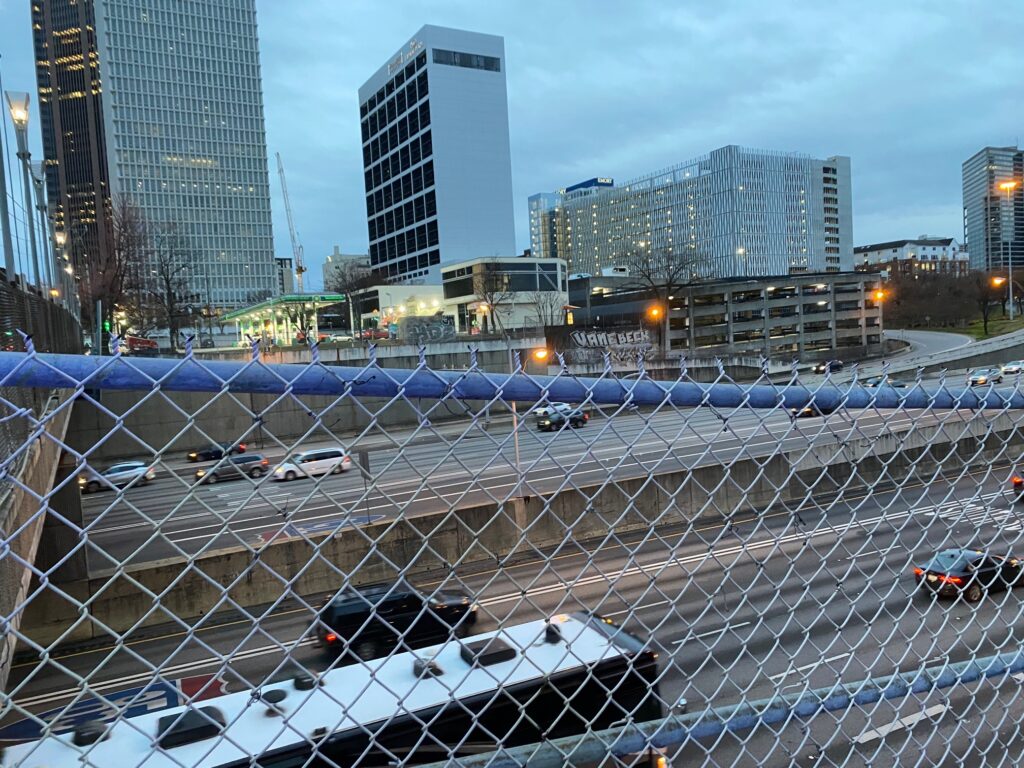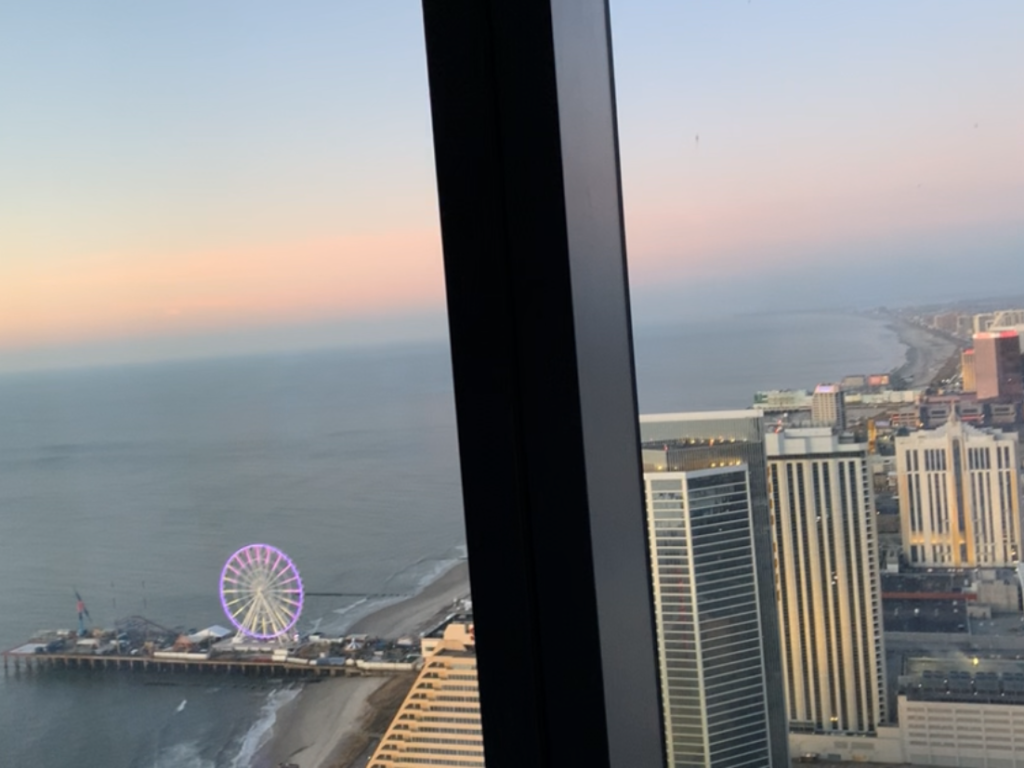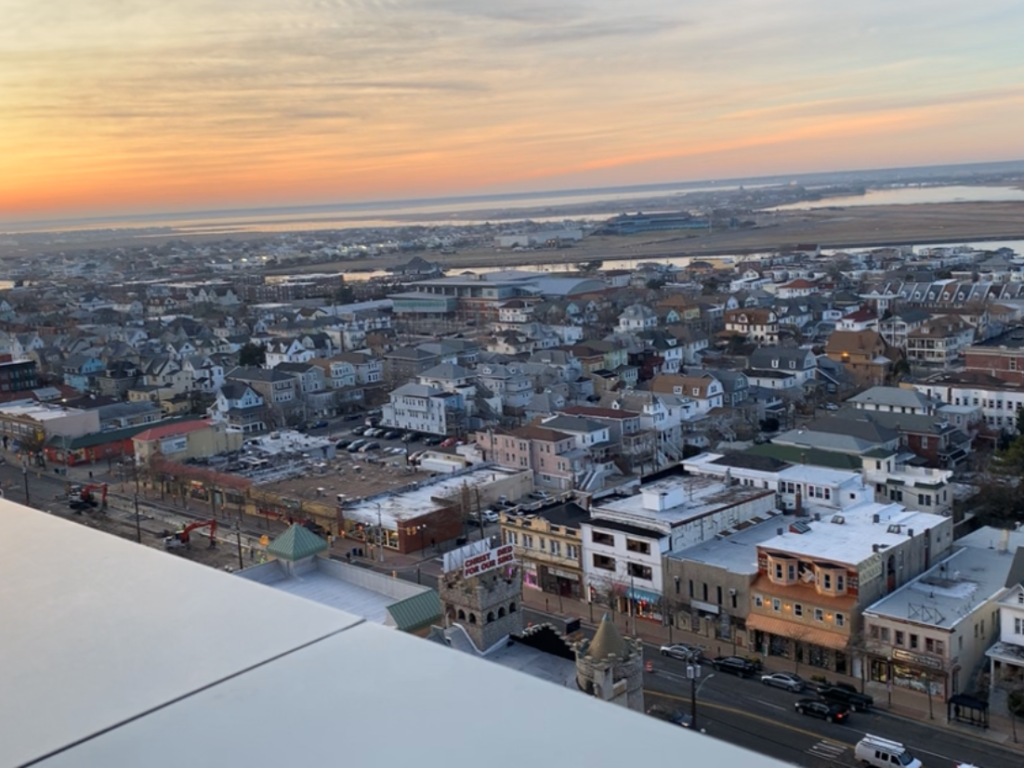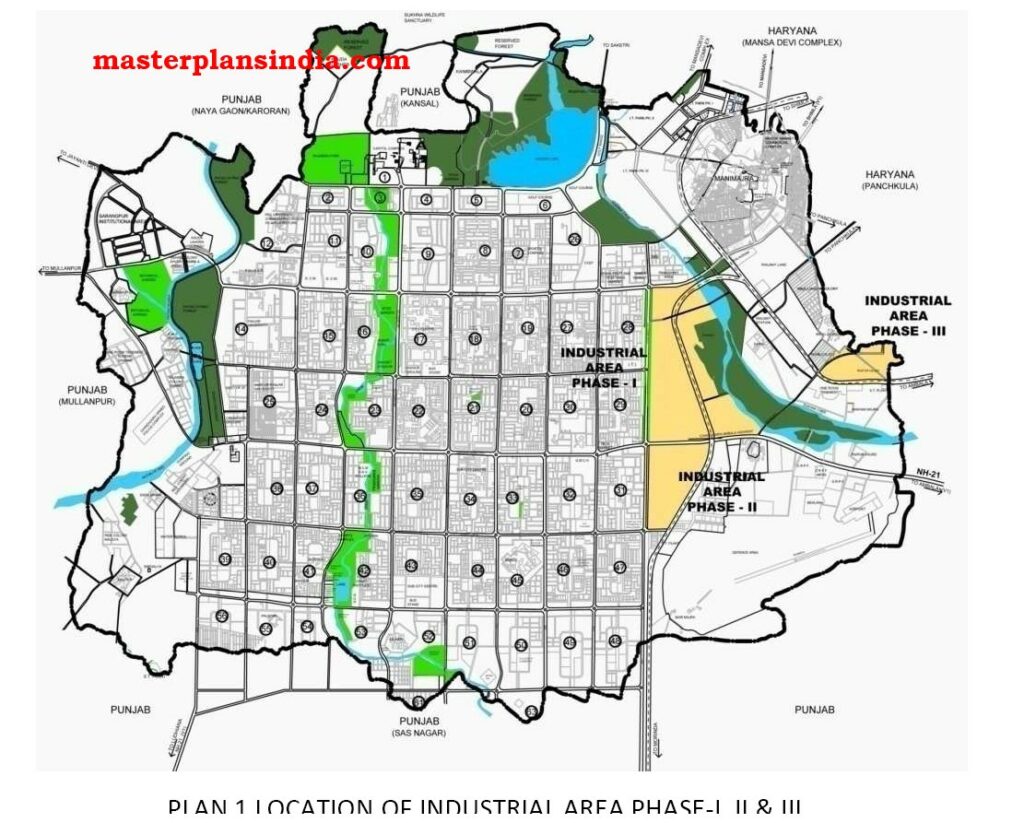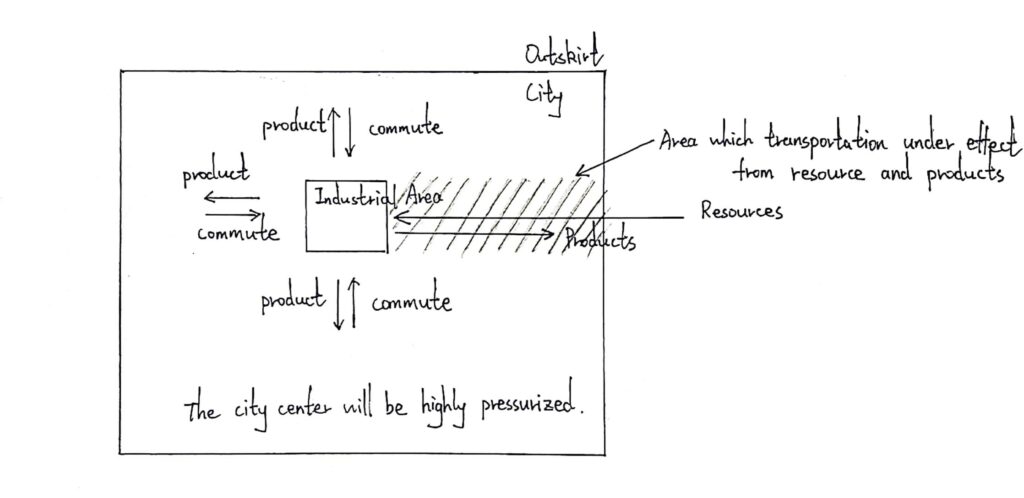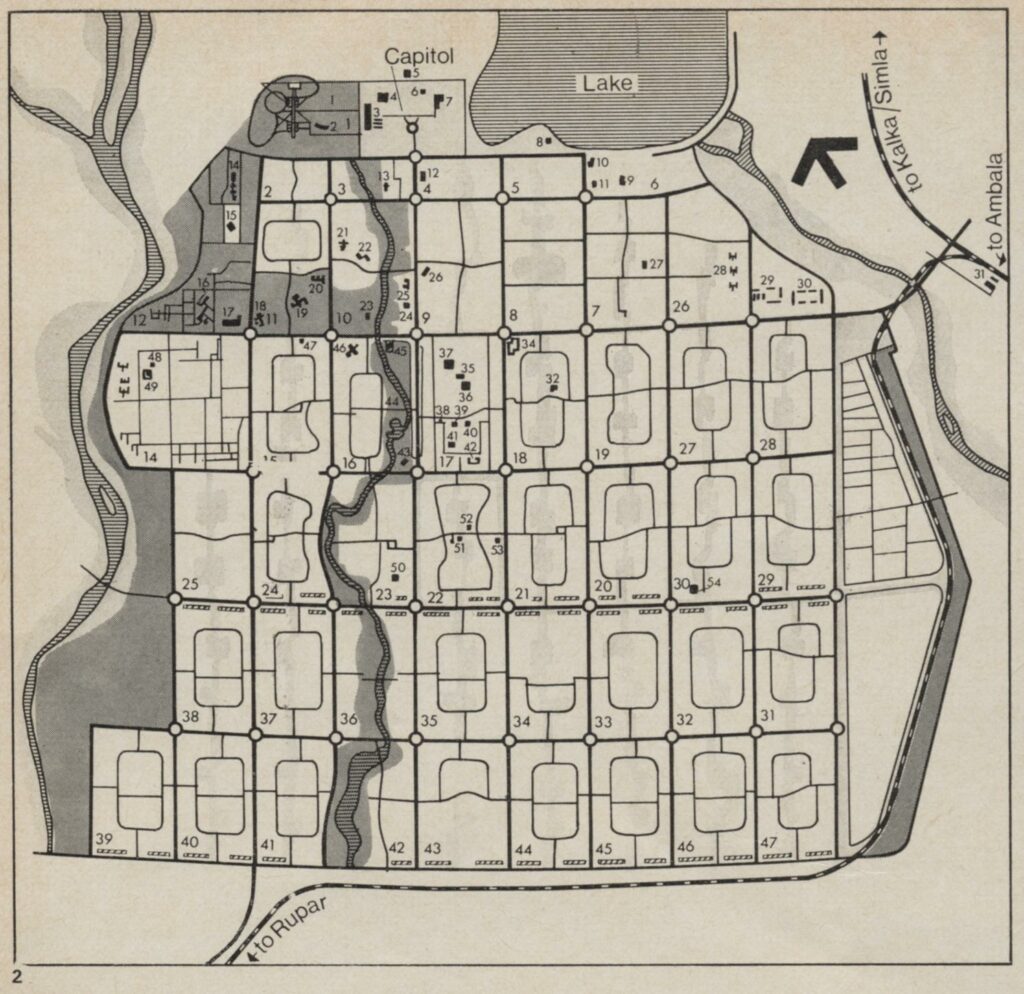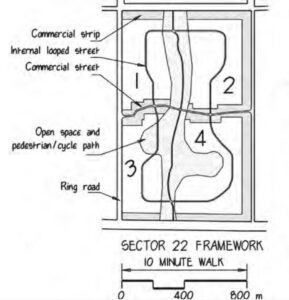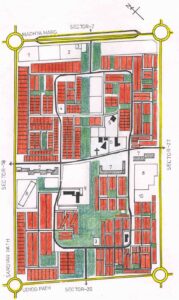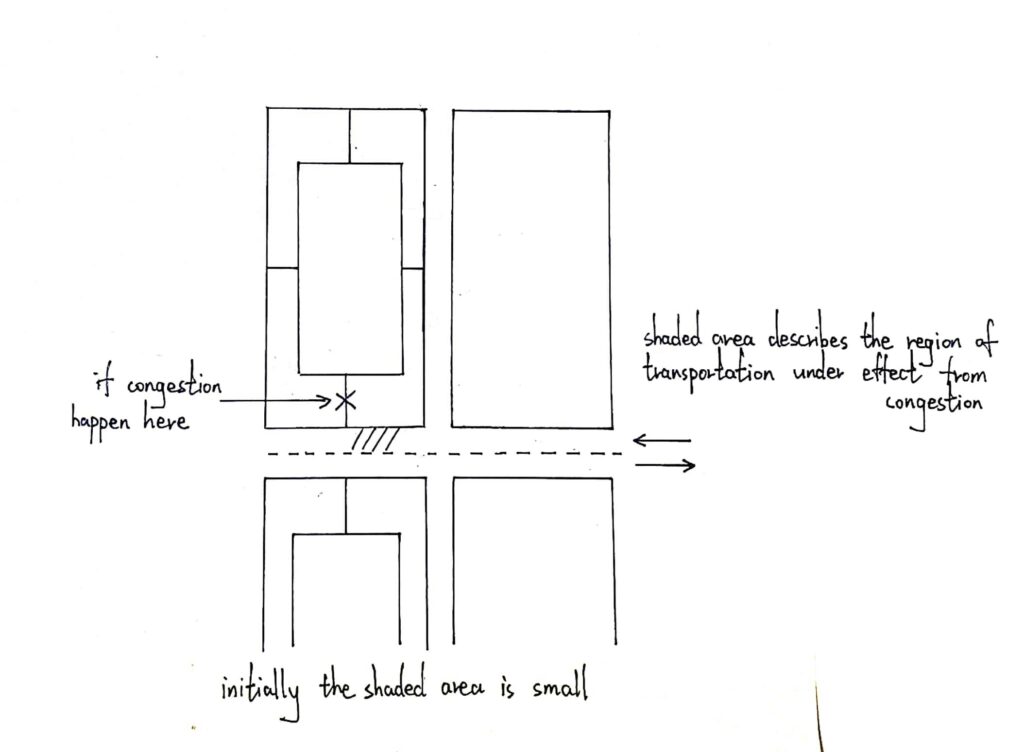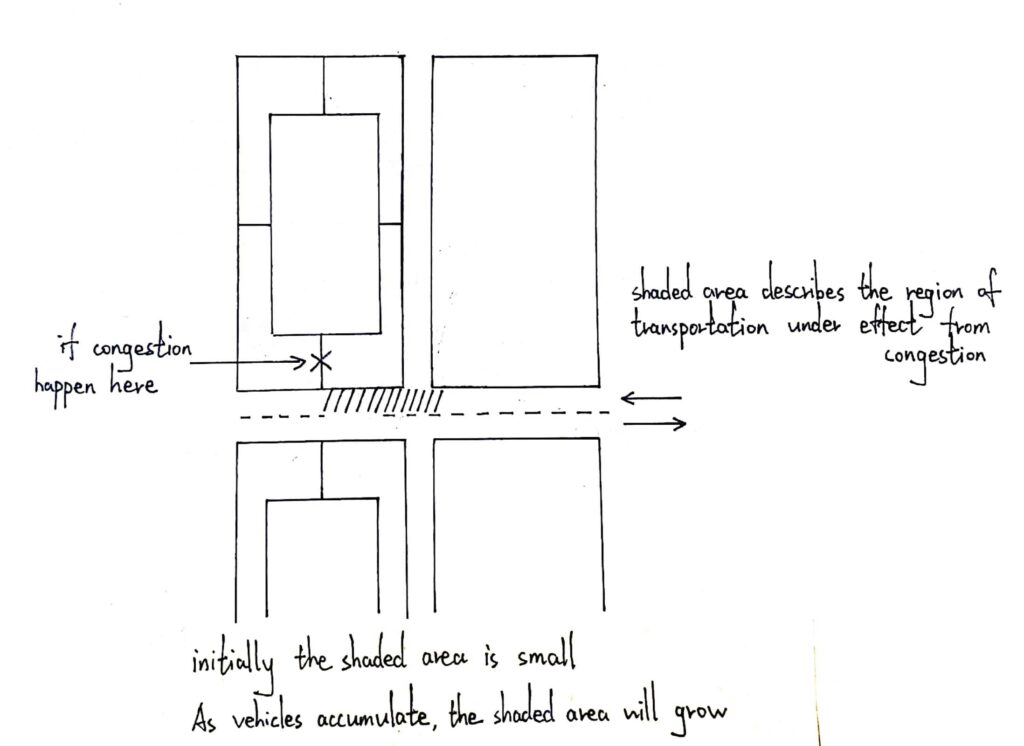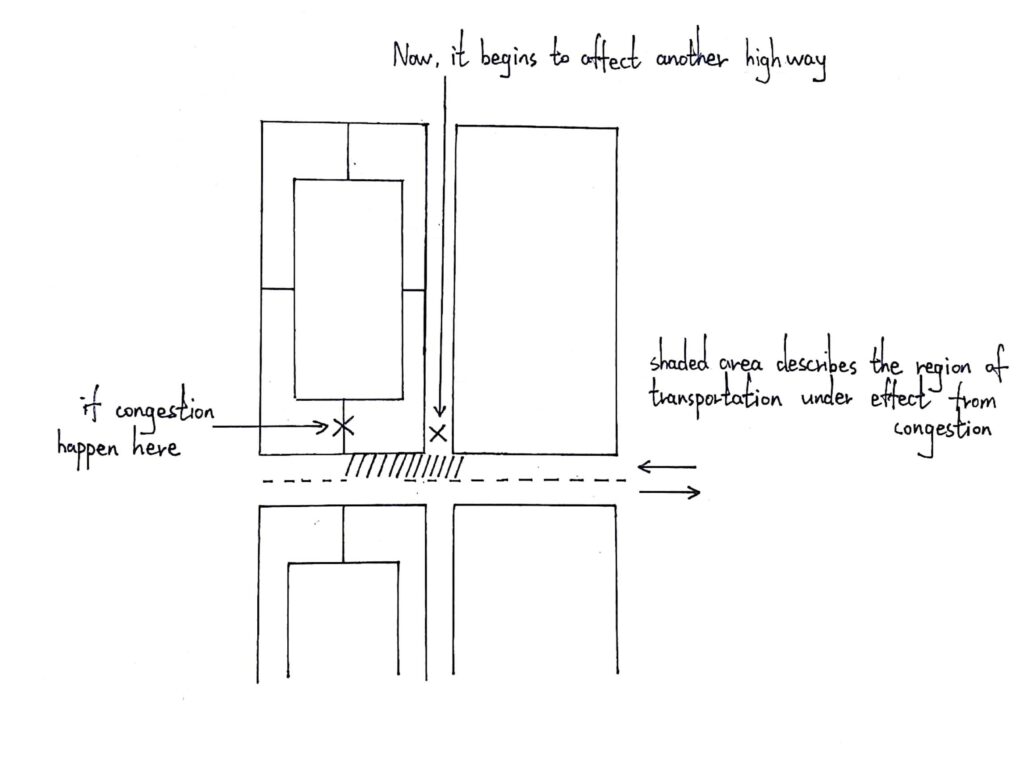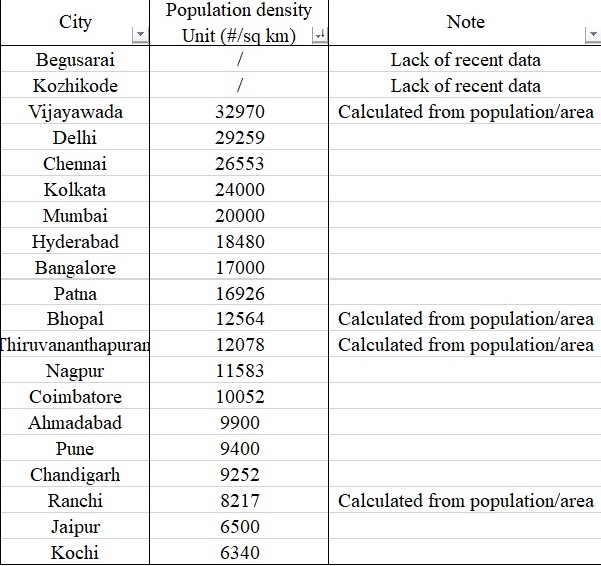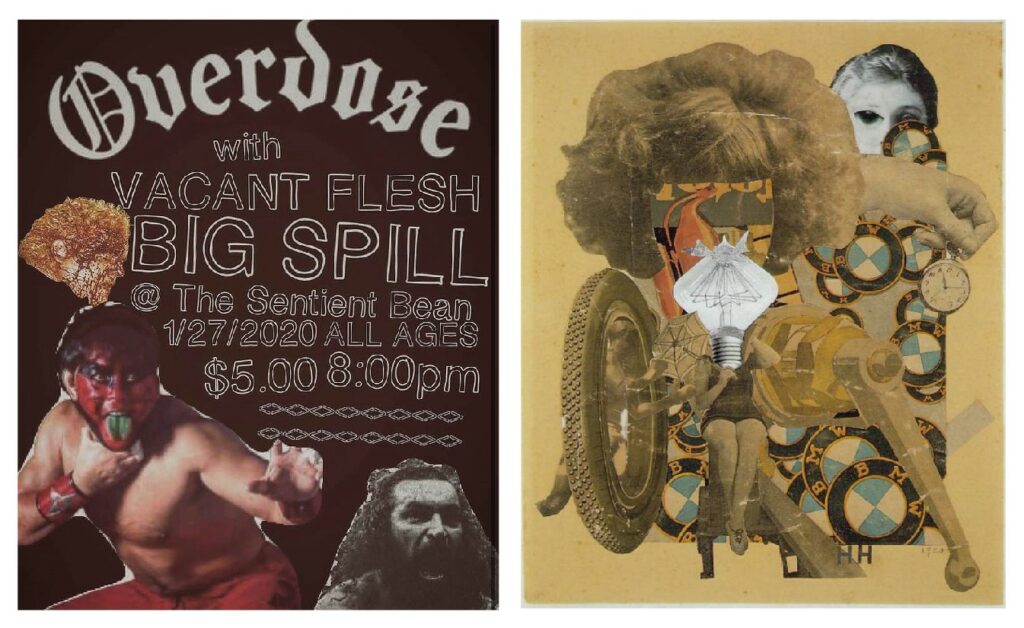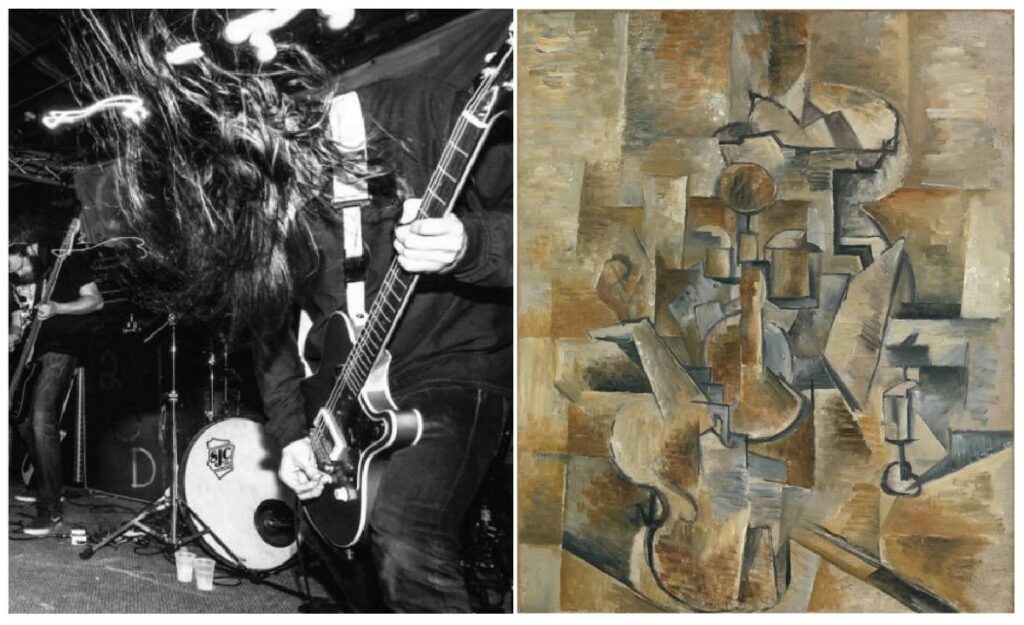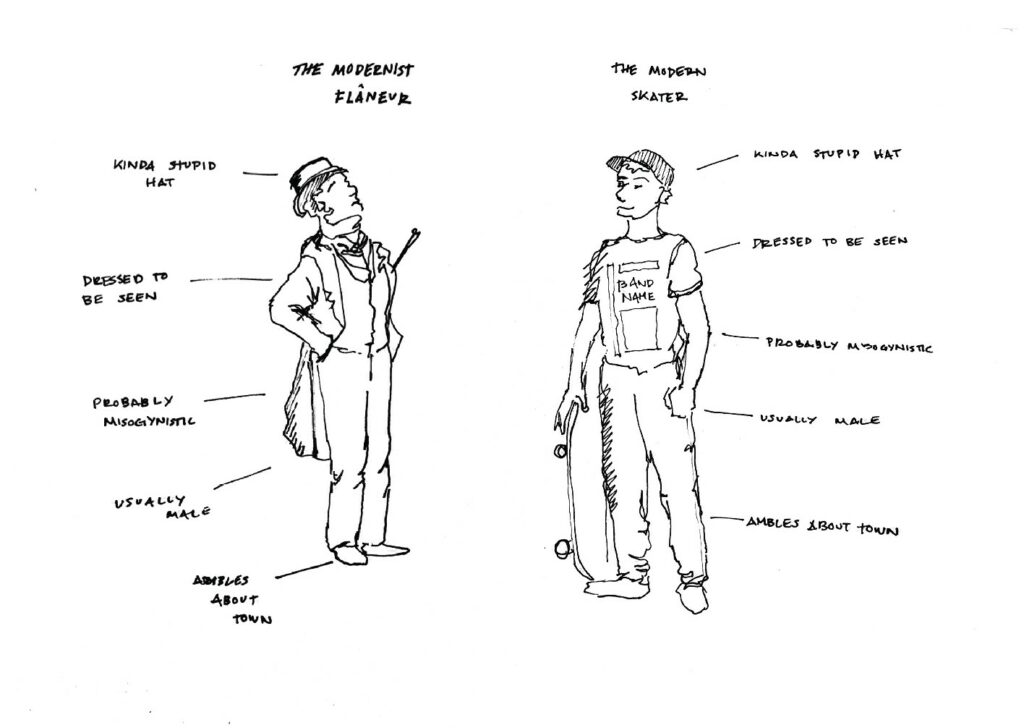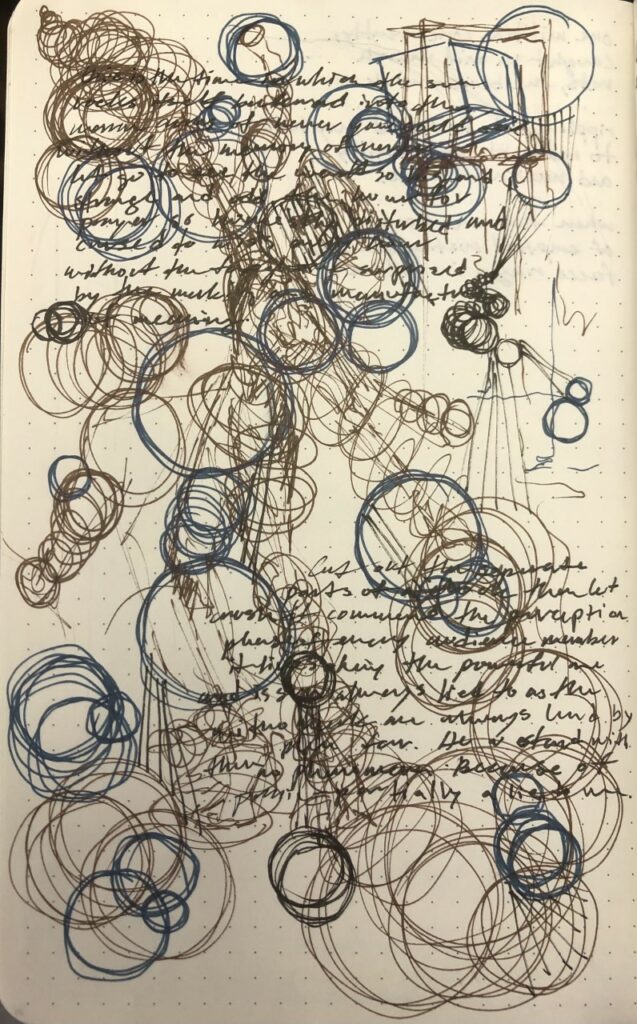Atlanta has been deemed one of the most fun cities in America. It is a hub for entertainment that attracts people of all interests. One of the major influences of the entertainment culture in the city is sports. The city has been the host site of some of the largest sports events in the world including the Superbowl, the 1996 Olympic Games, and many more. It also harbors all of the major pro sports in the country with premiere venues to watch them in. It also houses many colleges with sports teams rich with tradition that also are embodying the modern culture of the city. No matter what team allegiance fans may have, there is a very high chance that they have watched a major sporting event played in Atlanta. I believe that sports in Atlanta have impacted the colleges, social appeal, and economy of the city.
The many sporting events that have been hosted in Atlanta have shaped it’s social appeal. The 1996 Summer Olympic Games changed the popularity of the city and effectively displayed the culture of the city. The games brought Atlanta to the world stage and shaped the infrastructure around the city to increase the social appeal. While the games may be remembered most for the Centennial Olympic Park bombing, the event was still incredibly popular due to the huge commercialism effort. Over two million tourists came to the city to watch the games, while another 3.5 billion people watched at least some part of the games around the world. It set records for the most countries represented at 197, as well as the most participants with more than 10000 athletes. Many different attractions were made to increase entertainment while at the games. Concert venues, amusement park rides created a “country fair” setting for everyone to enjoy.
The city also invested heavily in allowing artists to display their work across the city, as well as many performing arts centers to host cultural events. Despite all the costs that it took to run the games, it actually turned a 19 million dollar profit and was deemed by many as one of the only financially viable olympics. But one of the biggest impacts of the games was the infrastructure that was left after the games were over. The city was able to take the venues and reuse them for their sports teams and colleges. The Olympic Stadium was reconfigured into Turner field, which was the home of the Atlanta Braves and now belongs to Georgia State. The pool was given to Georgia Tech and is used not only by the college team, but is also used to host many swim events and swim lessons for the residents in the city.

All these things transformed the social appeal of the city. The games forced the city to make dramatic infrastructure improvements that are still around today. The restaurants It helped rapidly modernize the city and further progress the ideal of Atlanta being an international hub for not only work but entertainment as well. It was able to show the world how Atlanta was quickly becoming one of the more modern cities in the United States.
What has defined the economy of Atlanta is primarily the businesses that reside in the city. However another major factor of the economy in the city also comes from the professional sports teams and events that have happened. One of the biggest financial impacts on the city was the hosting of Super Bowls 28, 34, and 53. All three gave the city a chance to host an event almost as big as the Olympic Games. Similarly to the Olympics, all three Super Bowls caused the city to invest millions of dollars into its entertainment infrastructure. The most recent Super Bowl (53) was the most expensive one of the three. Around 46 million dollars was spent on hosting the event and building the infrastructure. Even with all the spending, the city made an estimated 400 million dollars from the game and game related events. The Super Bowl is the largest sporting event in the U.S, and for it to be hosted in Atlanta has had a huge boost economically that has affected the modernism and growth of the city. This also has been true with other major sporting events. The NBA All-Star game, PGA Championships, WreslteMania, The World Cup, and many more have both been hosted in Atlanta. Both have also brought in revenue and brought sports fans from around the country to the city. For the local population, Atlanta houses all major sports teams. No matter what sport is your passion, there is a team with a beautiful venue that can be enjoyed by all. Each of these teams have a major economic impact on the city. From providing jobs to work in the venues, to the ticket sales from fans, the professional sports in Atlanta have brought huge amounts of revenue to the city. When determining when to host a large event such as the Super Bowl, it must be asked if a city has the infrastructure to host the event, and if it is worth the investment. Atlanta was willing to invest in building the infrastructure with hopes that it would have a positive impact on the city. This is part of the reason city officials invested in having the Mercedes-Benz Superdome constructed. This massive stadium has become the premiere location to host major events such as the Super-Bowl. Also with the entertainment culture within the downtown of the city, Atlanta has been deemed a perfect location to hold the largest sporting events in the U.S. The events have been worth the investment, as the city has made billions of dollars from the sporting events that it has hosted. Atlanta will always have the infrastructure to host such large events, and will be the host site of many more large sporting events that will continue to bring a major economic impact to the city. Sports has given the city the revenue to constantly improve and modernize providing a better life for its residents.
It also houses the College Football Hall of Fame. The city is home to thousands of players who spend their lives trying to make it big in the NFL. This drive has shaped the youth culture of the city into a very competitive football climate. It is the dream of these players to someday play in the Mercedes-Benz Superdome in the college Football National Championships and the Super Bowl. This culture while cutthroat, has actually been credited as a very positive influence for the youth in the city. Football for Atlanta’s youth can be an opportunity to break through barriers that may be holding them back from success. It can pull them from poverty to college which can provide a better life for themselves and their families. It is an escape from the issues they may have in their home life and can boost them into success. The college that embodies this the most is the Georgia Tech football team. Tech’s football program is rich with tradition and history, and is one of the iconic college football teams. It is home to Bobby Dodd Stadium, which is the oldest on-campus football site in the FBS. Constructed in 1913 by Tech students and formerly known as Grant field, Bobby Dodd stadium has been added onto from the original version for over a century.

Pair that with the legacy of John Hiesman and other greats and you are left with a very rich tradition that has been established by Georgia Tech. But as the city has modernized, so has the football program. Tech’s football team is adapting to the sports culture of Atlanta, a modern environment that’s motto is “competition is king,” and “404 the culture.”
Bobby Dodd has also undergone many changes to become one of the more modern college football stadiums in the country. All these changes to the program have revolved around the sports culture in Atlanta. The competition is king motto idealizes not only what Georgia Tech wants in their program, it also idealizes what it means to live in Atlanta. Whether in sports or in business, I have learned the people of Atlanta work hard and compete for success which is on display in their sports culture.
A lot of people think that Atlanta is defined by its working environment and large business field. But I think a lot of Atlanta’s culture has been defined through its sports. I believe that sports have had a major impact on the city in many different ways. As a sports fan I, as well as many other people, have witnessed a sporting event that was hosted in Atlanta. As a student at Tech I marvel at the rich history of sports in the city, and I think that many people fail to recognize the major impact sports have had on the city. I believe that this city is one of the greatest hubs for sports, and the impact of them has had a very positive impact that will continue in the future.
References:
https://www.liquisearch.com/culture_of_atlanta_georgia/sports
https://www.atlantahistorycenter.com/blog/not-just-sports-arts-and-culture-of-the-96-games/
